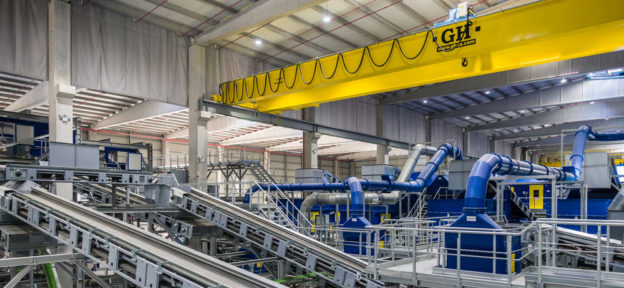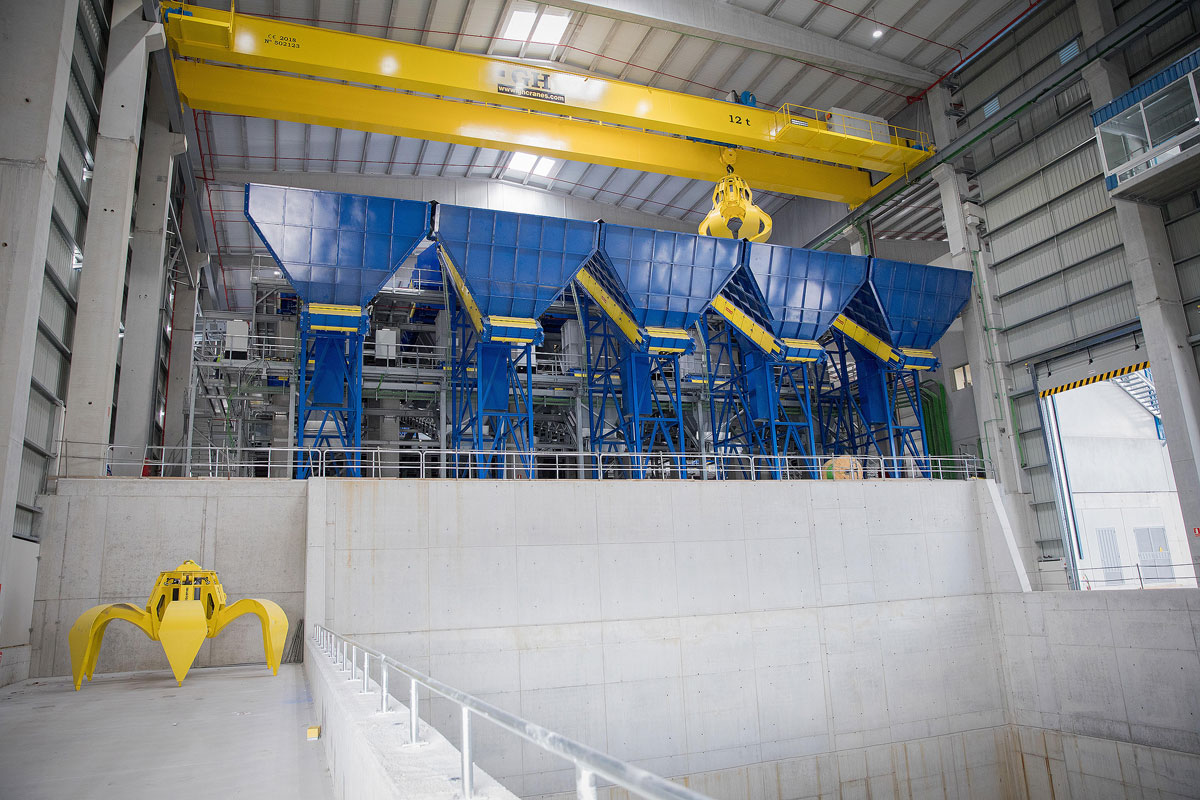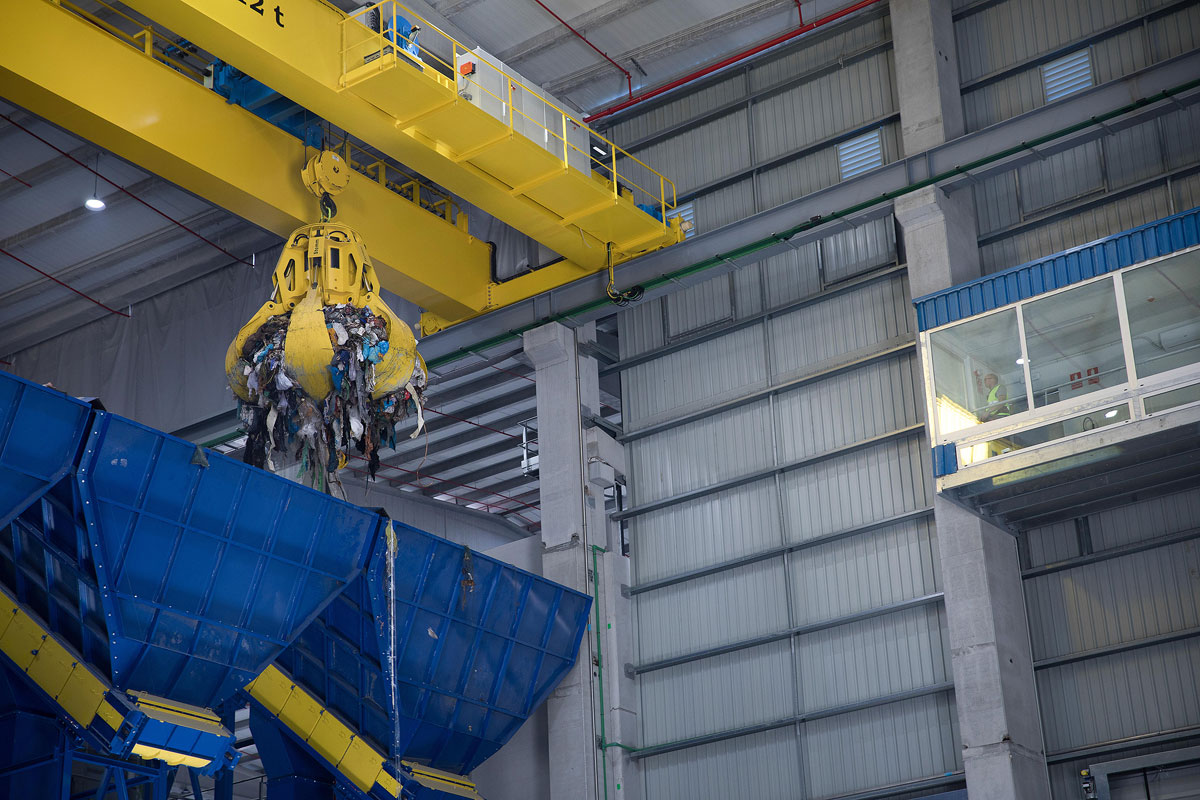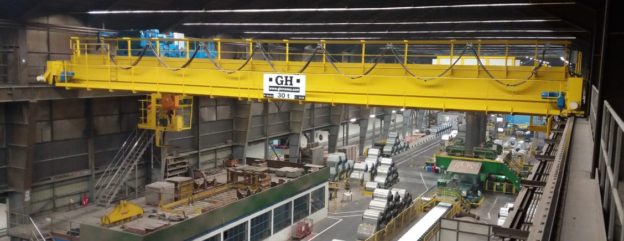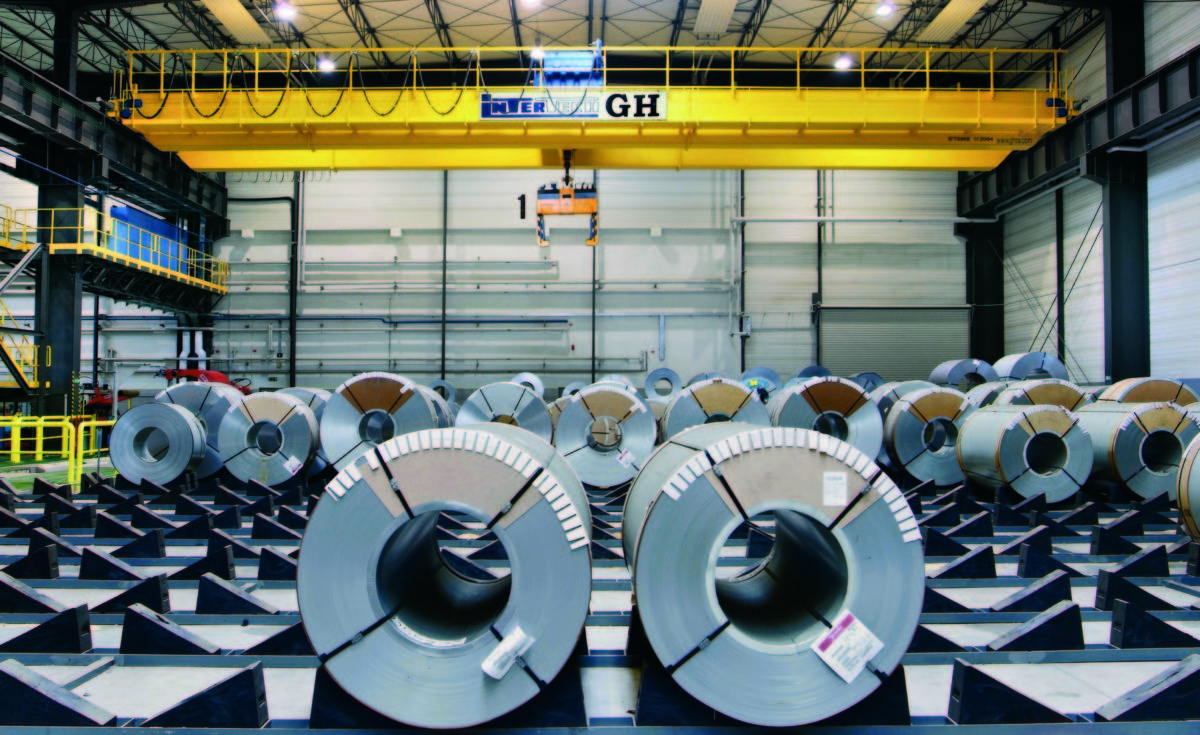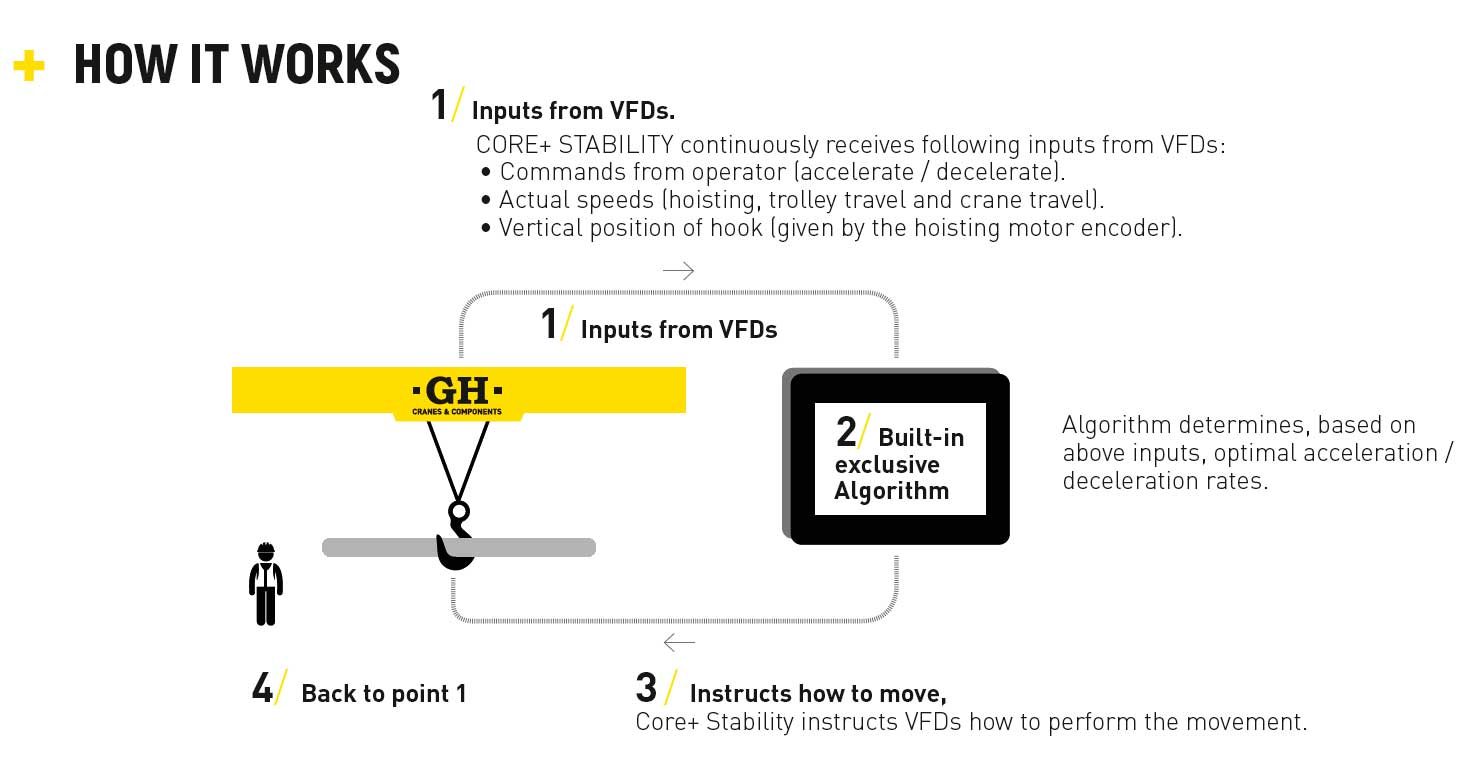El Complejo medioambiental de Sogama, sito en la localidad de Cerceda (A Coruña), se convertirá el próximo año en la infraestructura industrial de sus características más eficiente y con mayor capacidad de toda Europa, y una de las de mayor entidad a nivel mundial.
El proyecto de ampliación del complejo (del que la empresa gallega Valtalia es la adjudicataria incluyendo la propia obra, el equipamiento y la explotación), cuenta ya con una nueva planta para la recuperación de los materiales contenidos en el residuo convencional.
Tras un período de pruebas, la instalación entrará en funcionamiento a finales de este mismo año, abordándose a continuación la remodelación de la actual planta de reciclaje, tratamiento y elaboración de combustible, momento en el que Sogama se posicionara como la infraestructura de sus características más grande, robusta, eficiente y sólida de Europa, y una de las de mayor envergadura en todo el mundo.
Su capacidad de tratamiento se verá incrementada en un 81% hasta alcanzar 1 millón de toneladas de residuos anuales, y las mejoras introducidas le permitirán cuadriplicar sus tasas de reciclado y disminuir el uso del vertedero hasta alcanzar el vertido técnico cero, máximo exponente de la economía circular. Esto quiere decir que únicamente depositará en vertedero aquella fracción de residuos que no pueda ser reciclada ni valorizada material y/o energéticamente.
De esta forma, la Sociedad pública dependiente de la Xunta de Galicia contribuirá a dar respuesta a los objetivos de la Unión Europea en materia de tratamiento de residuos y reciclaje, adelantándose incluso, con varios años de antelación, al cumplimiento de las tasas de vertido que la UE ha limitado al 10% para 2035.
La nueva planta de recuperación de materiales cuenta con dos puentes grúa fabricados por GH Cranes, líder en España en la fabricación de grúas para plantas de RSU. Una de las grúas dispone de carro abierto modelo GHI de 12 toneladas de capacidad y que monta un pulpo electrohidráulico Stemm de 10m3 para la recogida de los residuos del foso y la carga de las tolvas. La segunda grúa, cuenta con un polipasto birraíl de 12 toneladas de capacidad modelo GHF y trabaja en la misma rodadura que la otra grúa, estando equipada con célula antichoque y anti-invasión para evitar la entrada de las dos grúas en el mismo vano.
La instalación dispone igualmente de cabina fija sobre el foso para el control y manejo de la grúa.
Otras de las características destacables de ambas grúas son: detector de cable flojo, pesaje mediante célula de bulón, registro y análisis automático en tiempo real de los parámetros de funcionamiento y producción, supervisión SCADA en tiempo real mediante tablets inalámbricas, funciones de diagnóstico automático, etc.
La instalación, dotada de sistemas de seguridad y los últimos avances tecnológicos en automatización, comunicaciones y sistemas de información, está plenamente preparada para la emergente industria 4.0.
